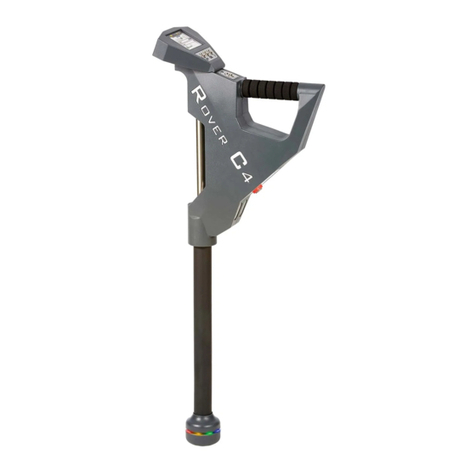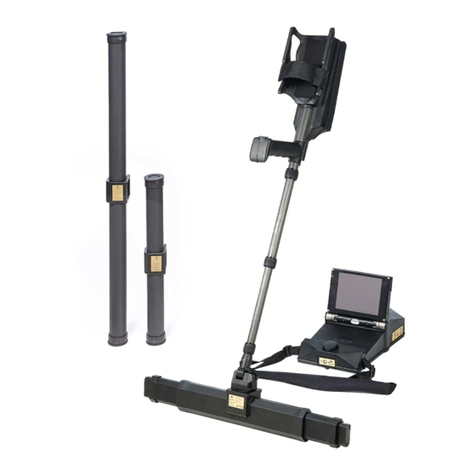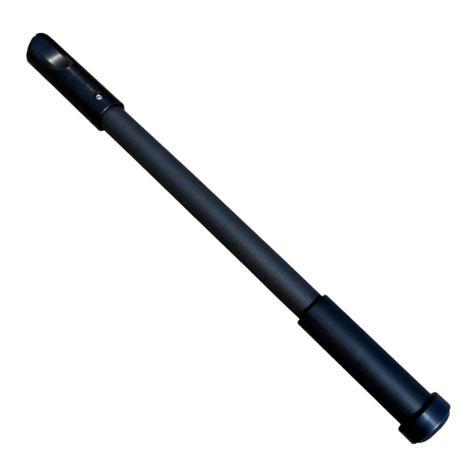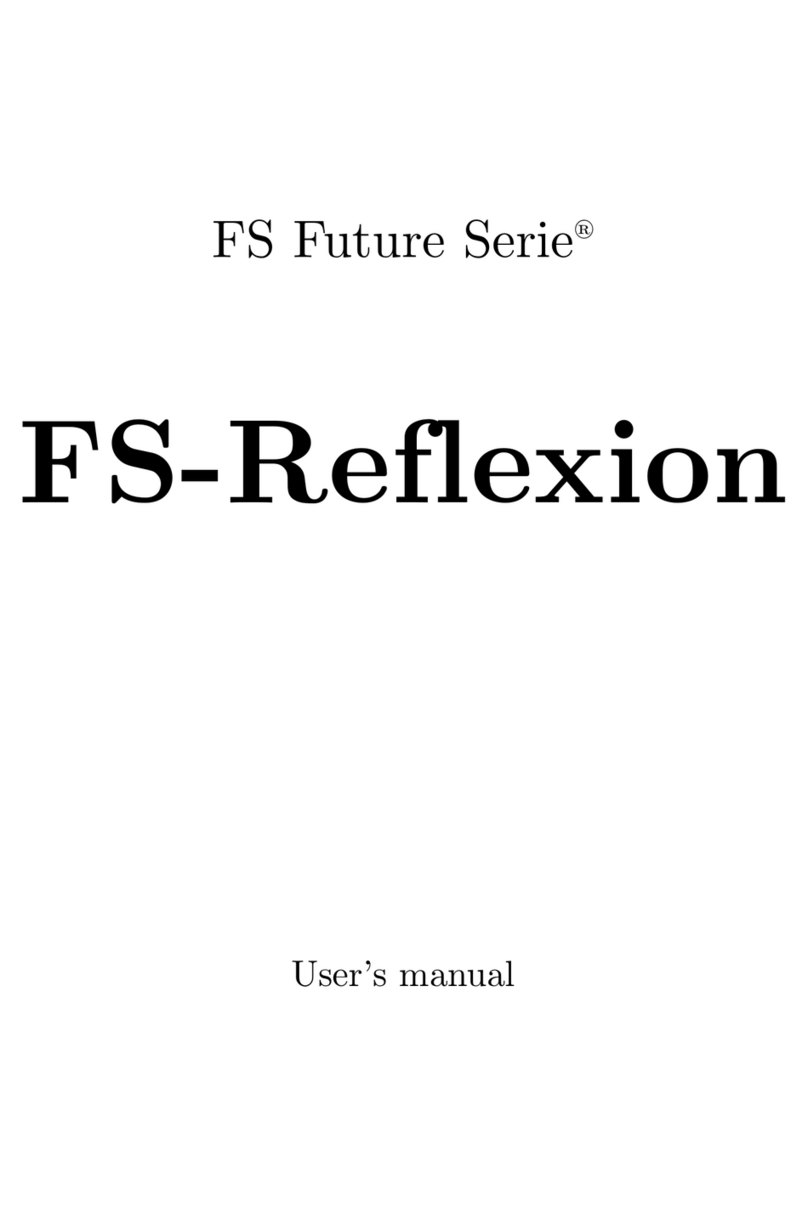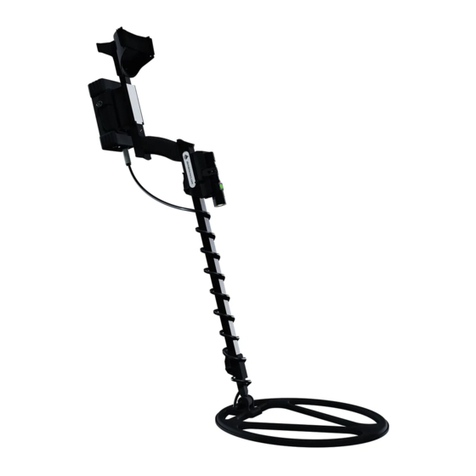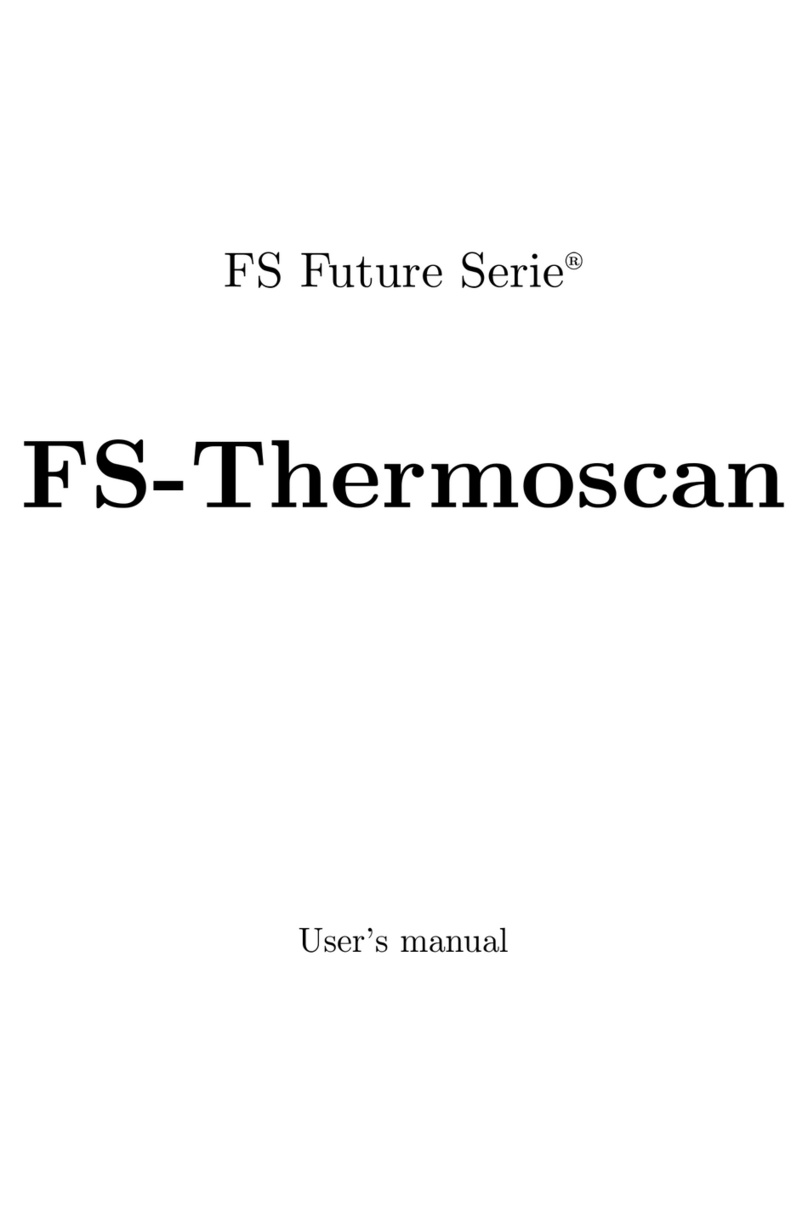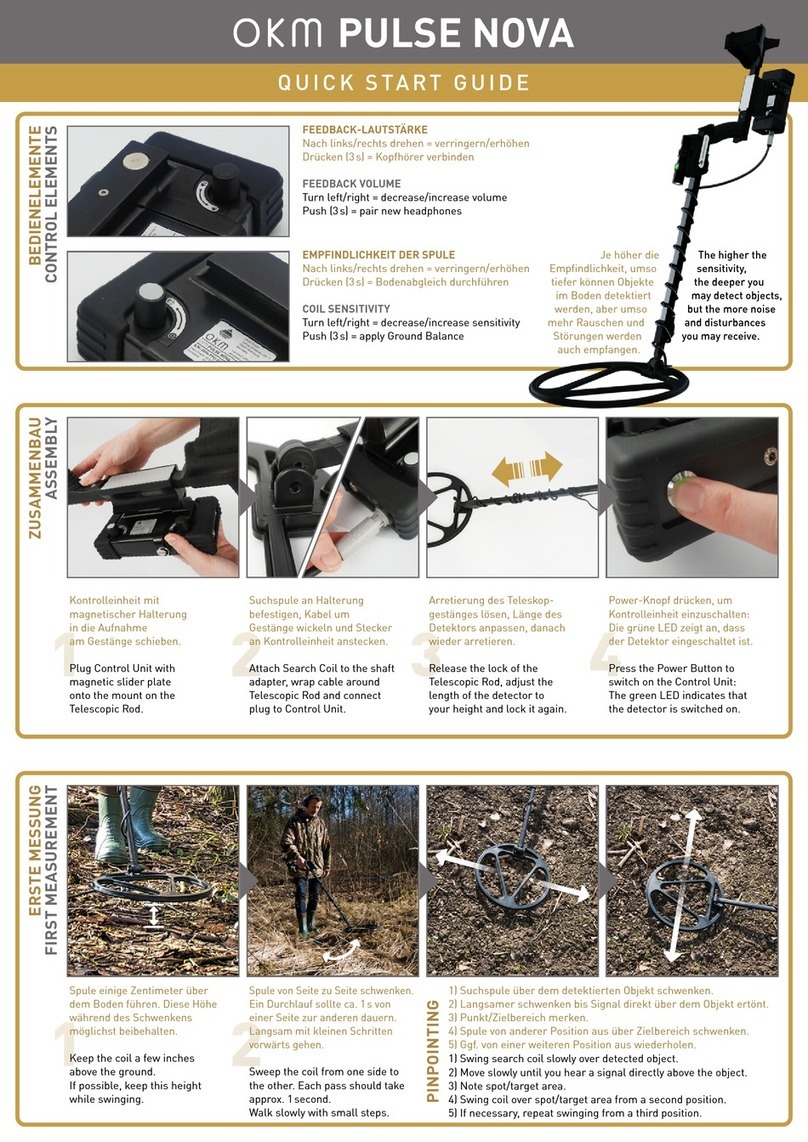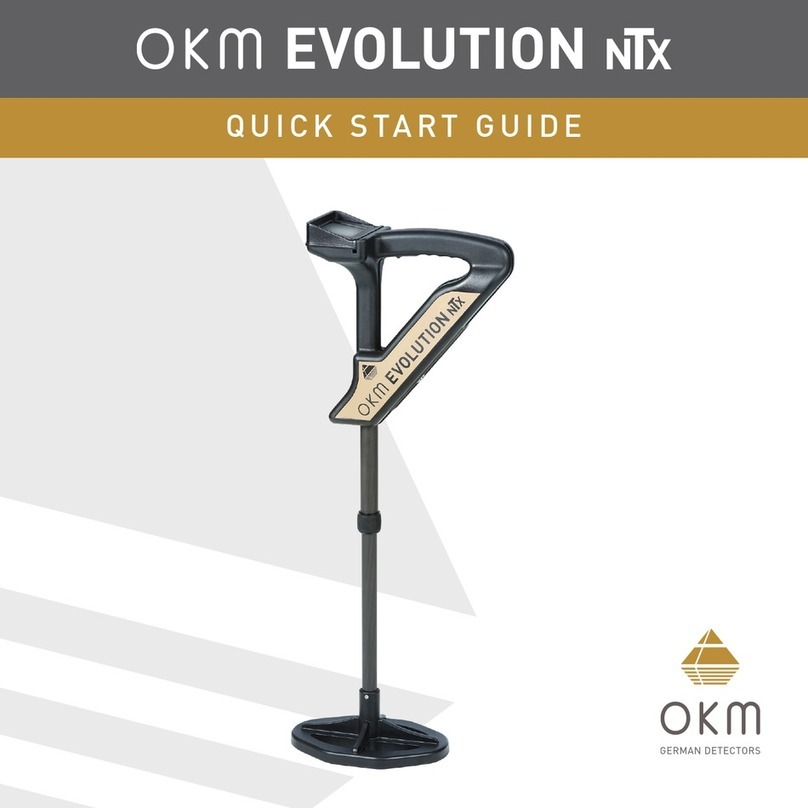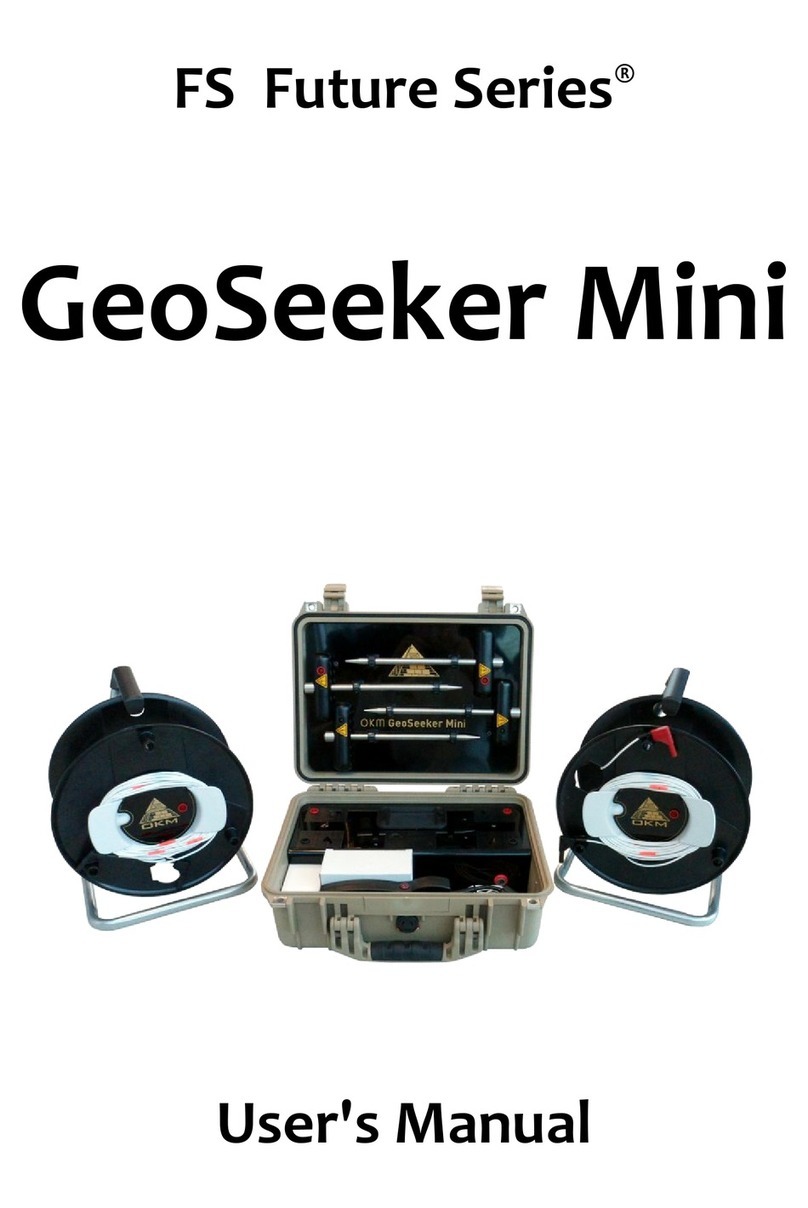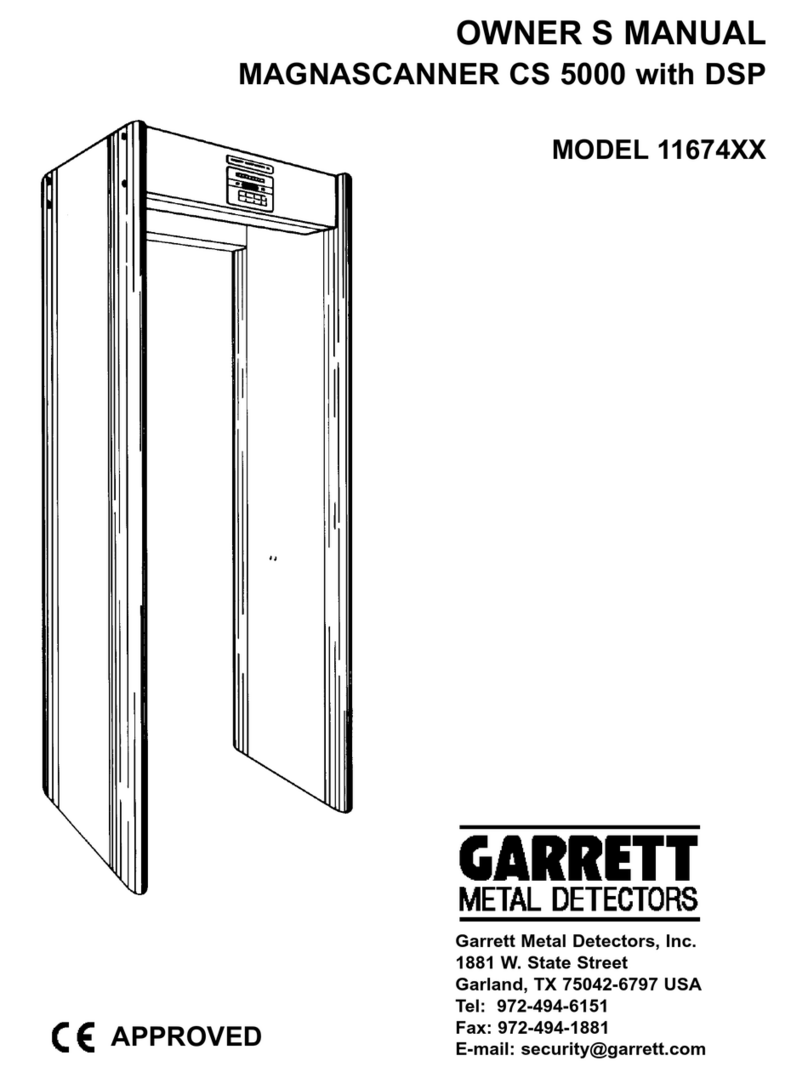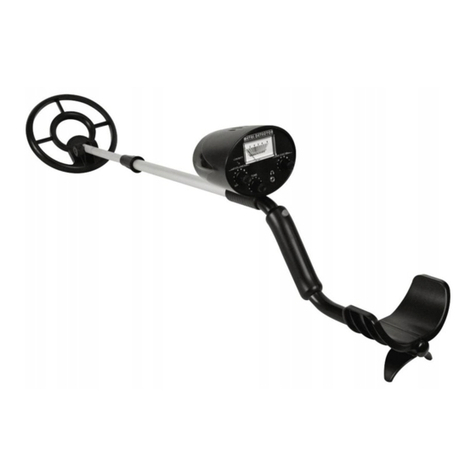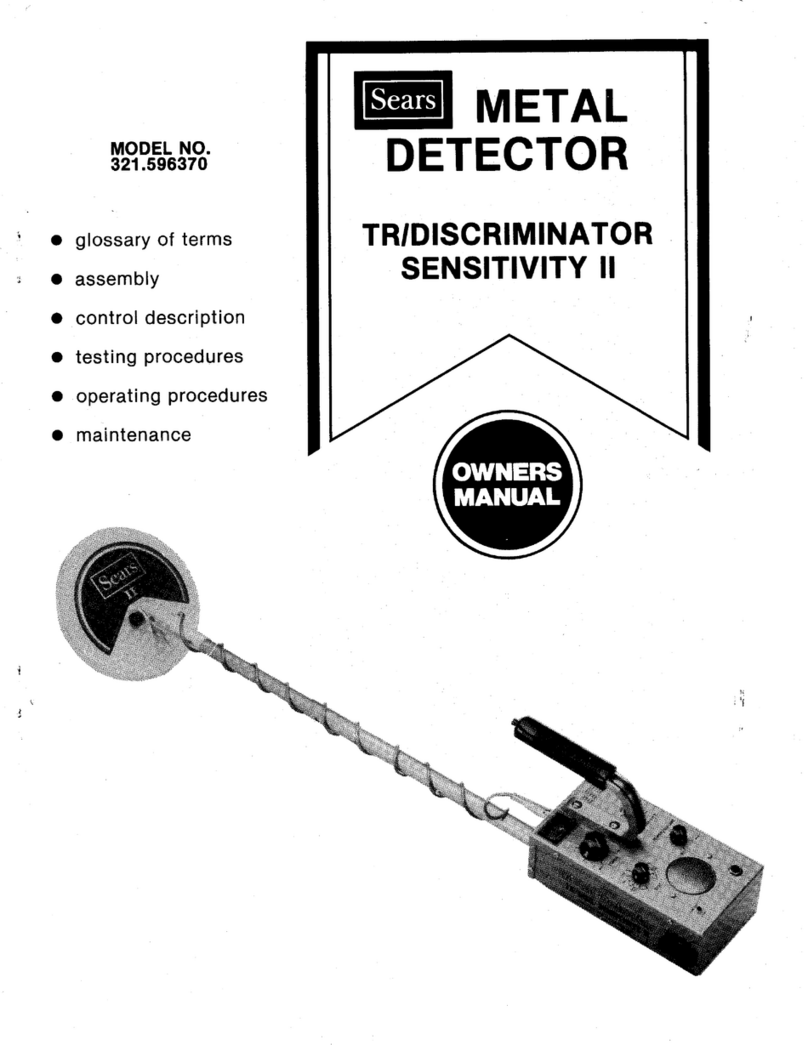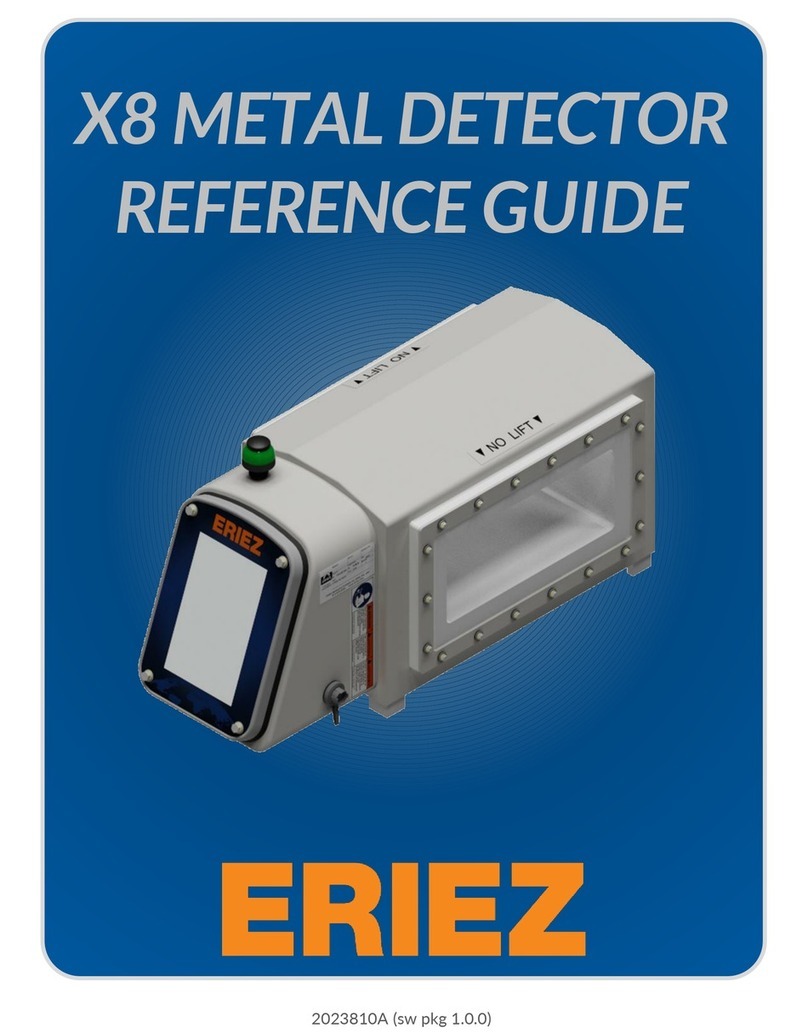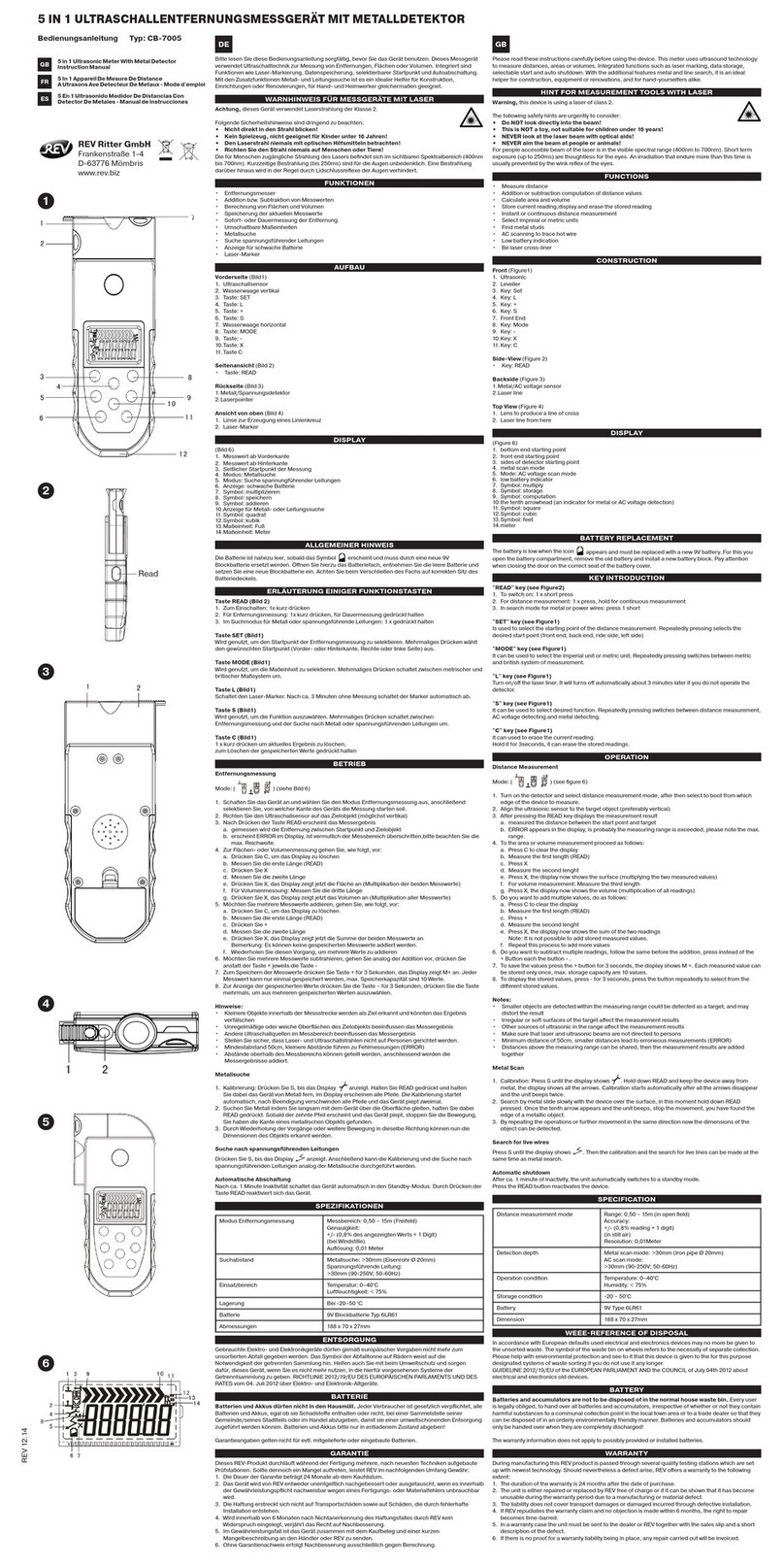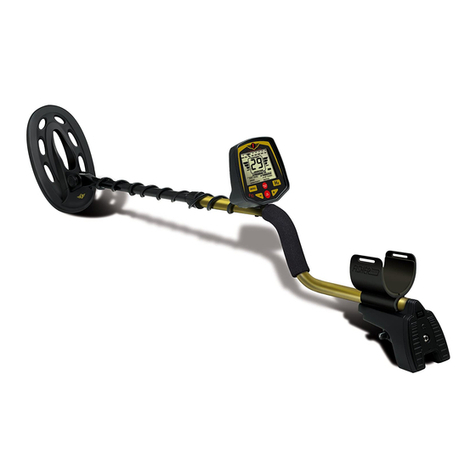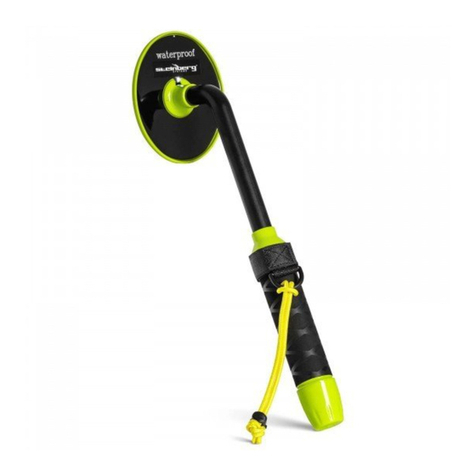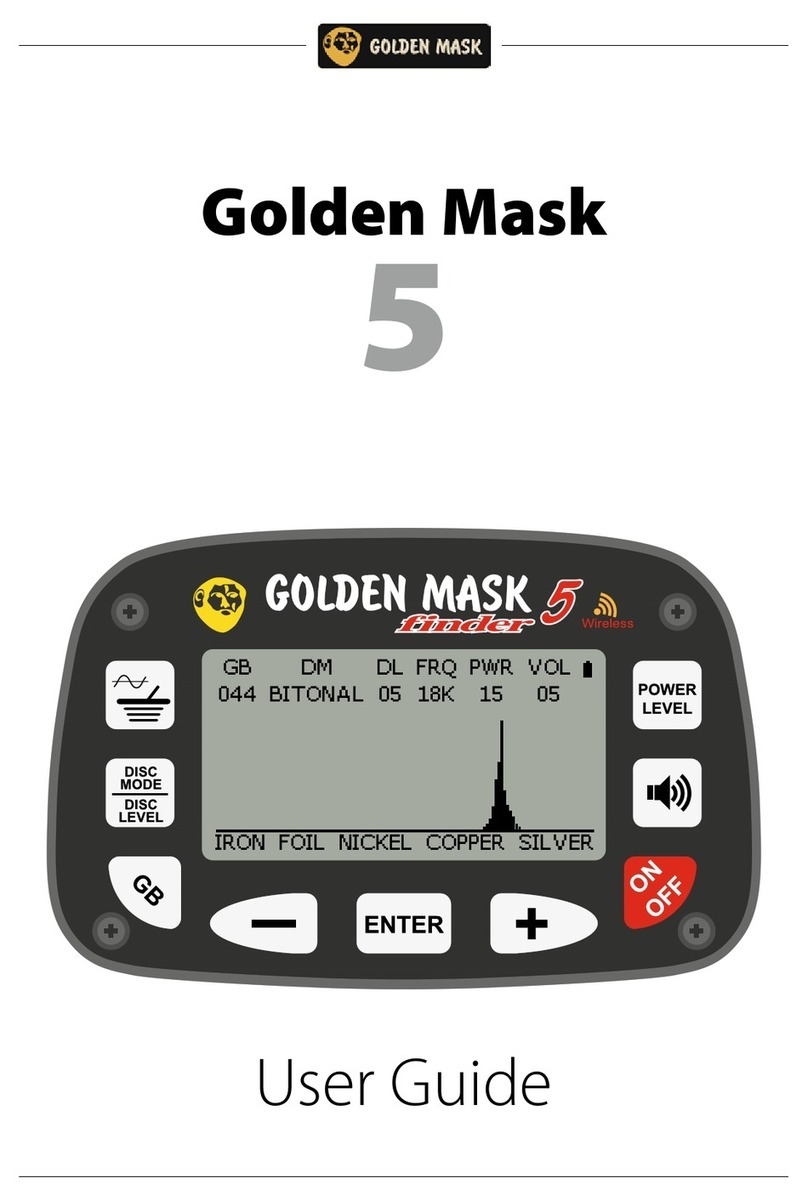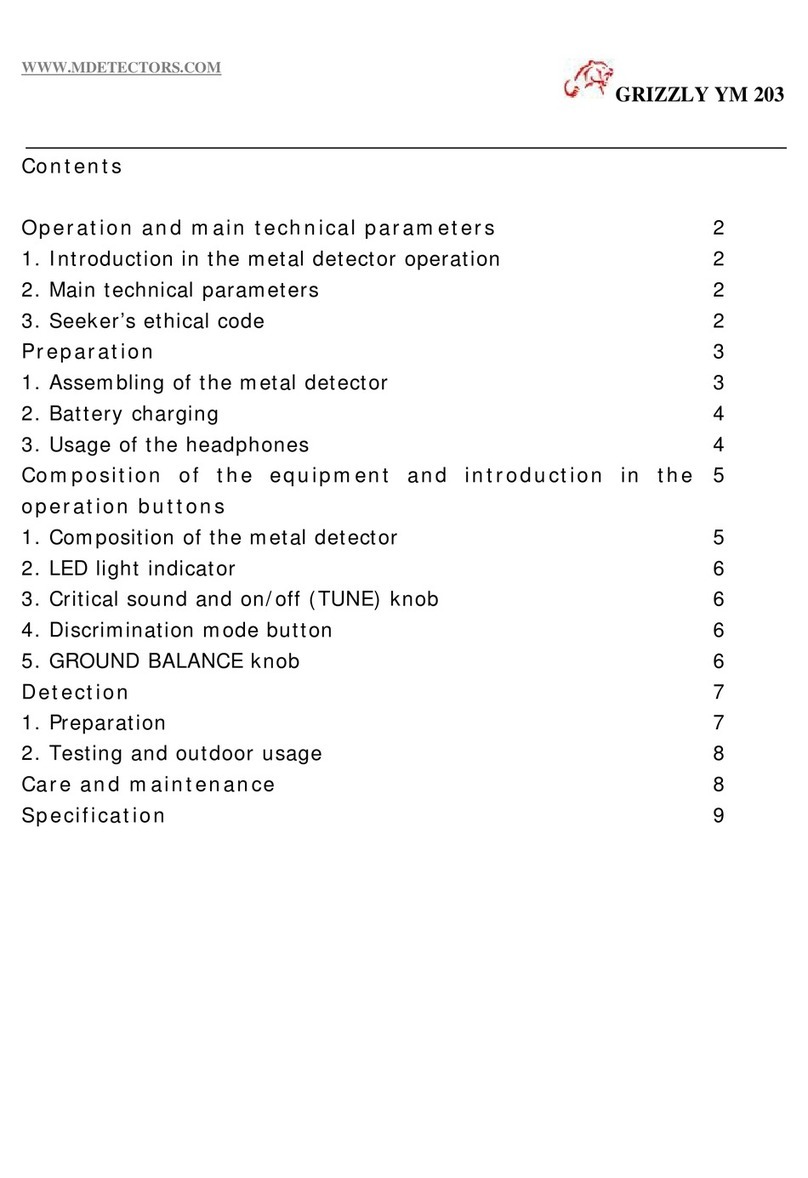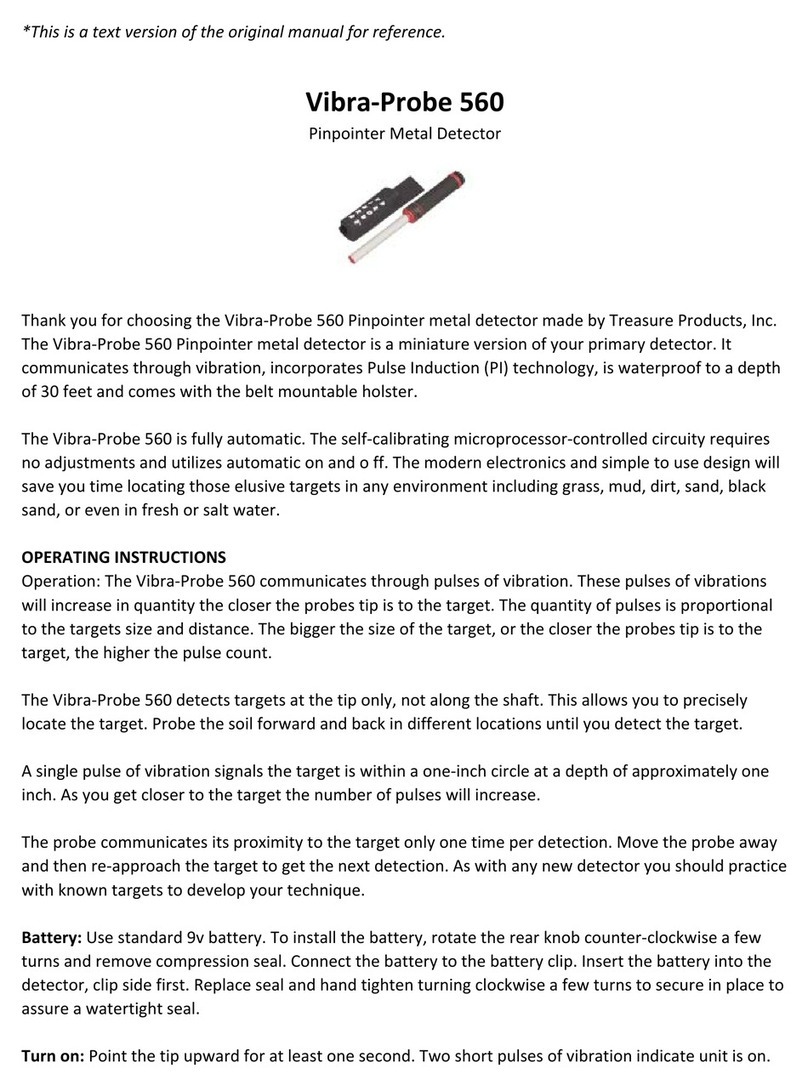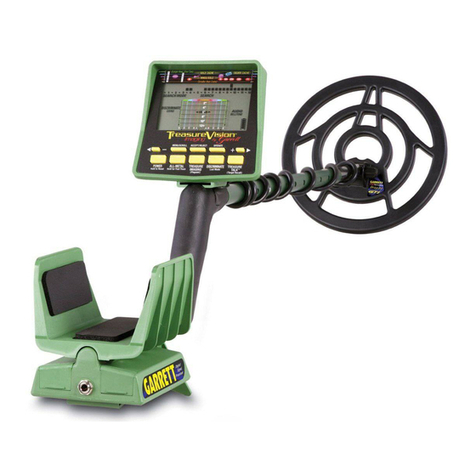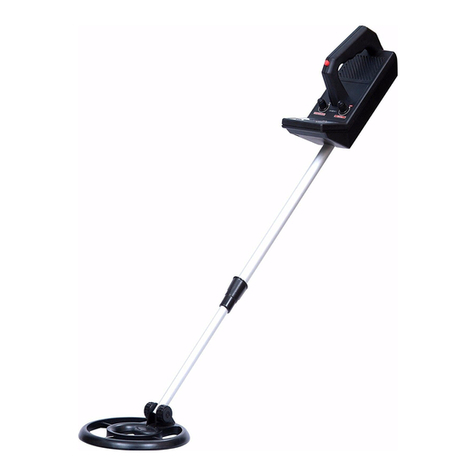3
Table of contents
1 Introduction ....................................................................................................................................................... 7
1.1 Preface ....................................................................................................................................................... 8
1.2 Important Notes ........................................................................................................................................ 9
1.2.1 General Notes ................................................................................................................................... 9
1.2.2 Possible Health Hazards ................................................................................................................... 9
1.2.3 Surrounding Area .............................................................................................................................. 9
1.2.4 Voltage ............................................................................................................................................... 9
1.2.5 Data safety ....................................................................................................................................... 10
1.3 Maintenance and Services ....................................................................................................................... 10
1.4 Danger of E plosion during E cavation .................................................................................................. 10
2 Technical specifications ................................................................................................................................... 13
2.1 Control unit .............................................................................................................................................. 14
2.2 Wireless data transfer ............................................................................................................................. 14
2.3 Computer, minimum requirements ........................................................................................................ 14
3 Scope of delivery .............................................................................................................................................. 15
4 Control elements ............................................................................................................................................. 17
4.1 Control unit .............................................................................................................................................. 18
5 Assembly .......................................................................................................................................................... 19
6 Download, install and activate application ...................................................................................................... 21
6.1 Download and Installation ....................................................................................................................... 22
6.2 Activation ................................................................................................................................................. 22
6.2.1 Activation with QR code ................................................................................................................... 23
6.2.2 Manual activation ............................................................................................................................ 24
7 Operating modes ............................................................................................................................................. 25
7.1 Establishing a Bluetooth connection ...................................................................................................... 27
7.2 Magnetometer ......................................................................................................................................... 28
7.3 3D Ground Scan ....................................................................................................................................... 30
7.3.1 Ground Scan Preparation ................................................................................................................ 30
7.3.1.1 Default ..................................................................................................................................... 30
7.3.1.2 Customized .............................................................................................................................. 30
7.3.2 Measurement Procedure ................................................................................................................ 32
7.3.3 Saving a Scan .................................................................................................................................. 34
7.3.4 Scan Analysis ................................................................................................................................... 35
7.3.5 Data Transfer to PC (optional) ......................................................................................................... 36
7.4 Open Scan ................................................................................................................................................ 37
7.5 Settings .................................................................................................................................................... 38
OKM GmbH
www.okmdetectors.com

